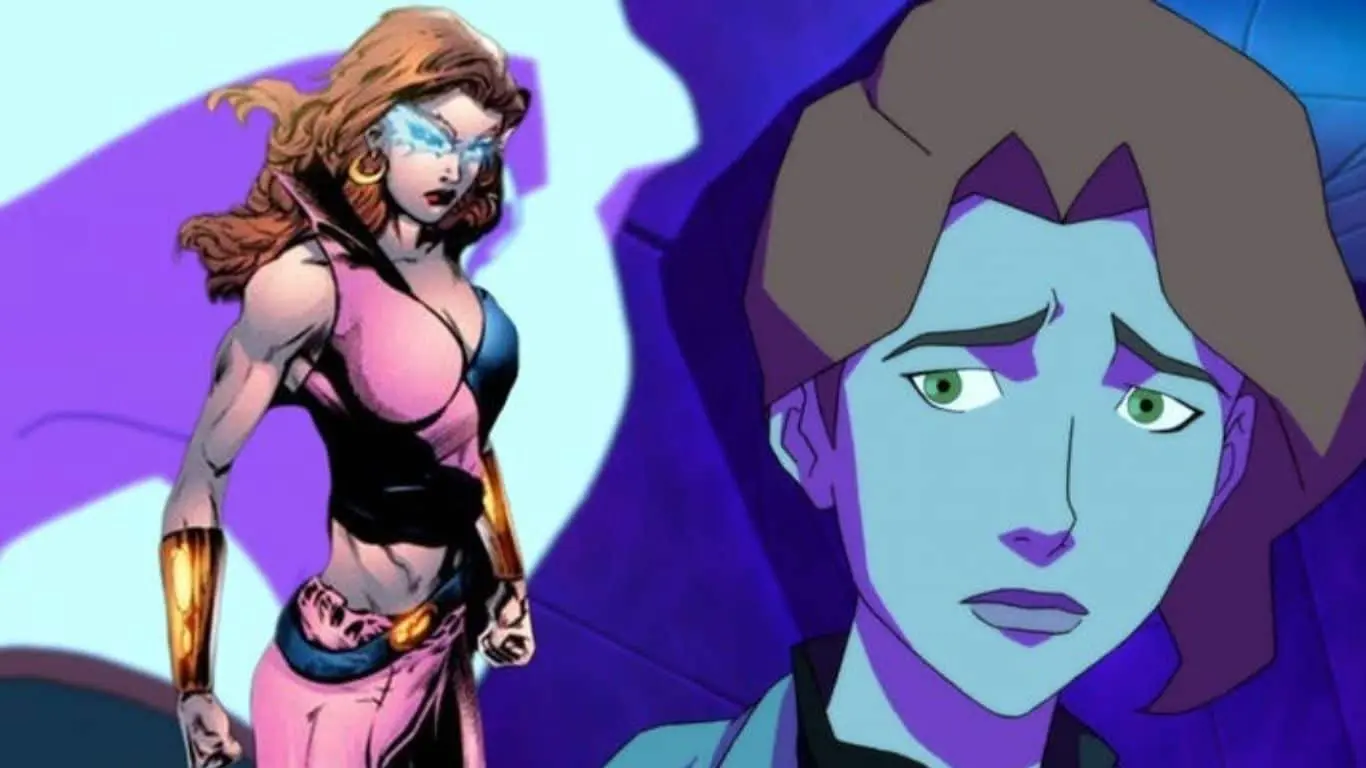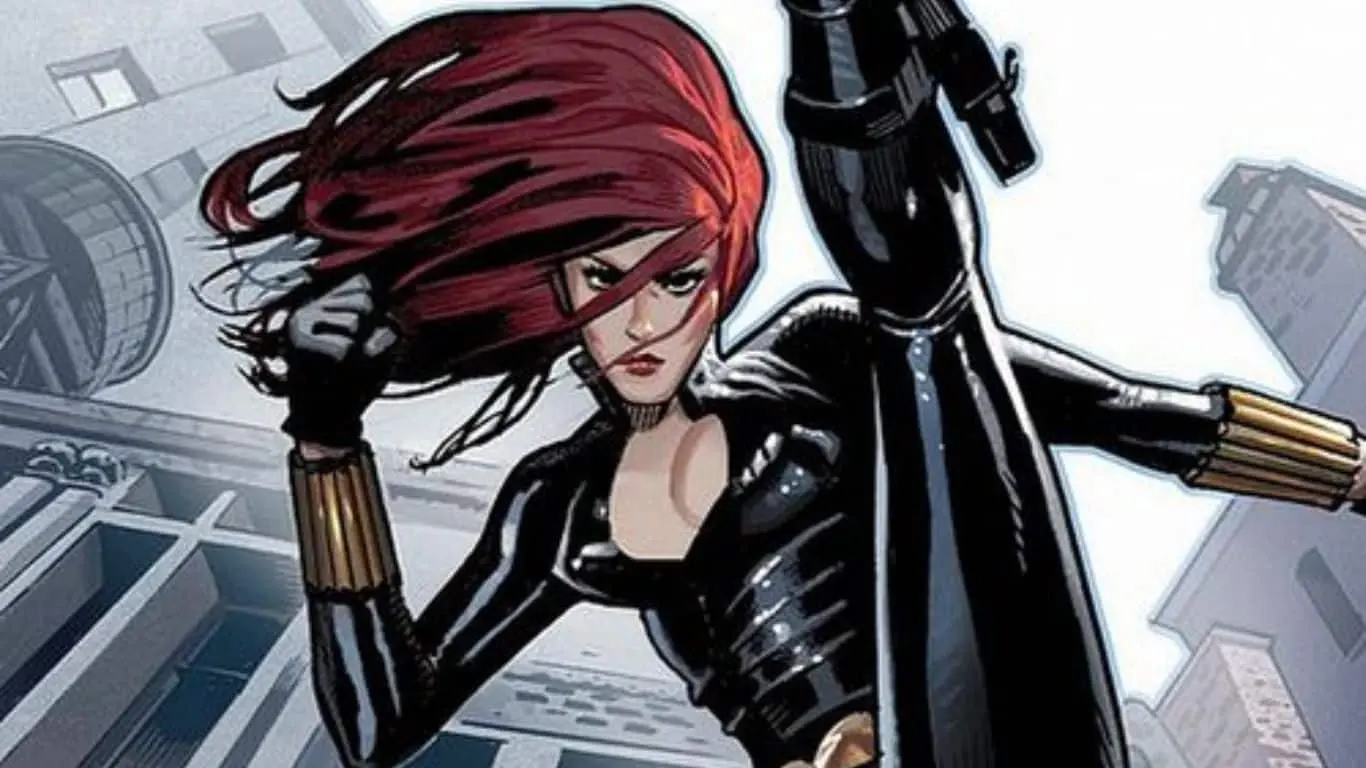In the vast universes of comic book lore, there have been heroes that have inspired generations, and then there have been those that left readers scratching their heads. While many female superheroes broke barriers and set standards for strength and storytelling, others missed the mark, whether due to lackluster story arcs, ill-conceived concepts, or questionable representations.
In this blog, we’ll dive deep into some of the most debated and criticized female superheroes in comic book history. Hold onto your capes—it’s time to explore “Worst Female Superheroes of All Time” who often didn’t fly as high as their counterparts.
Worst Female Superheroes of All Time
Dazzler (Alison Blaire)

Dazzler, also known as Alison Blaire, has a unique spot in the Marvel Universe with her ability to turn sound into bright light shows. However, her start wasn’t purely about superhero adventures. Instead, she was created as part of a deal between Marvel and Casablanca Records. Birthed not purely from creative inspiration but from a cross-promotion between Marvel and Casablanca Records, Dazzler’s authenticity as a character has been a topic of debate.
Although her journey from a marketing pawn to an LGBT icon and X-Men member showcases her resilience in comic book arcs, her initial descent into the Marvel scene, driven by commercial interests rather than genuine character development, casts a shadow on her reputation. This commercial origin, juxtaposed with her undeniable potential, makes Dazzler a contentious figure in the pantheon of female superheroes.
Squirrel Girl (Doreen Green)

In Marvel’s vast realm, Squirrel Girl (Doreen Allene Green) stands out, but not always for the right reasons. Conceived by Will Murray and Steve Ditko in 1991 as a lighthearted contrast, her unique powers—like communicating with squirrels and defeating heavyweights like Doctor Doom—often feel more comedic than heroic.
For many fans, she lacks the gravitas of other iconic female superheroes. In a universe brimming with cosmic warriors and reality-bending mutants, Squirrel Girl’s critter-focused adventures make her a debated figure in superheroine rankings. While beloved by some, she’s often considered less compelling than her Marvel peers.
Stacy X (Miranda Leevald)

Stacy X, also known as Miranda Leevald, has garnered criticism for her portrayal as a Marvel superhero. Her mutant power, which allows her to manipulate sensations through pheromones, often treads a fine line between intrigue and discomfort, with some readers finding it objectifying. Moreover, her character’s convoluted journey from a member of a mutant brothel to a brief tenure with the X-Men, followed by a stint as a New Warrior, lacks coherent development and narrative consistency.
Her abrupt return after the Decimation event left fans perplexed, further questioning the direction of her character. Stacy X’s portrayal, marked by explicit powers, career shifts, and narrative inconsistencies, positions her as one of the more contentious and polarizing figures in Marvel’s superhero pantheon, earning her a place among the worst female superheroes of all time.
Looker (Emily Briggs)

Looker, also known as Emily Briggs, is a prime example of how a character with an intriguing concept can end up among the most questionable superheroes in comic book history. Her transformation from a mousy bank teller to a super-powered, self-absorbed beauty after a run-in with Abyssia and Halley’s Comet was a convoluted and somewhat uninspiring origin story. Her initial tenure with the Outsiders showcased her obsession with her looks, creating tensions within the team.
Looker’s character development often revolved around her physical appearance, and her self-centeredness didn’t endear her to readers. Additionally, her transition into a vampire didn’t do much to redeem her character, as it introduced a set of vampiric powers that felt out of place in the DC Universe. Overall, Looker’s journey from a seemingly average individual to a superhero with a focus on vanity left much to be desired, earning her a spot among the less beloved female heroes of all time.
Halo

Halo’s place among the least favored female superheroes is rooted in her convoluted origin story, which involves possession by an ancient energy-being following her murder. This complexity, combined with amnesia, hindered her character’s relatability. Her powers, represented by a series of colorful halos, felt arbitrary and inconsistent, making her less engaging to readers.
Frequent deaths and resurrections added to the confusion surrounding her character. In a world of empowered heroines, Halo’s missed potential, confusing backstory, and unclear powers contribute to her status as one of the less celebrated and more perplexing female superheroes of all time.
Black Cat (Felicia Hardy)

Black Cat, aka Felicia Hardy, occupies a somewhat unenviable position in the realm of female superheroes. While she’s had her moments of glory, her character often feels overshadowed by a singular focus: her infatuation with Spider-Man. Initially created as a seductive supervillain, her story arcs frequently revolve around romantic entanglements rather than displaying her full potential. Her overtly sexualized portrayal and the constant emphasis on her physical appearance have contributed to her one-dimensional image.
In a time when superhero narratives strive for depth and diversity, Black Cat’s history as a character with fluctuating allegiances and a fixation on the web-slinger’s alter ego places her among the less inspiring female heroes. As the comic book world evolves to embrace multifaceted female characters, Black Cat’s legacy becomes a reminder of the need for more well-rounded and empowered heroines.
Black Widow (Natasha Romanoff)

Black Widow, as portrayed in both Marvel comics and the MCU, has certainly left an indelible mark on pop culture. However, when assessing her legacy as a female superhero, it becomes evident that she embodies many of the problematic tropes that the genre has perpetuated over the years. Created as an antagonist, her early appearances positioned her as a Russian spy whose primary tactic was seduction. Her original attire, from fishnet tights to skin-tight catsuits, screamed objectification rather than empowerment. Even her initial defection to the United States was driven by her love for Hawkeye, relegating her character to a mere subplot in a male hero’s narrative.
While Black Widow’s character has evolved and become more well-rounded over time, her origins and portrayal are steeped in the male gaze. Her sexuality and appearance often took precedence over her skills and agency, a stark contrast to the progress made in modern superhero storytelling. In the realm of female superheroes, Black Widow’s early depiction serves as a reminder of the need for more nuanced and empowering portrayals that break free from traditional gender stereotypes.
Also Read: 10 Female Superheroes who are Perfect Role Models for Young Girls


